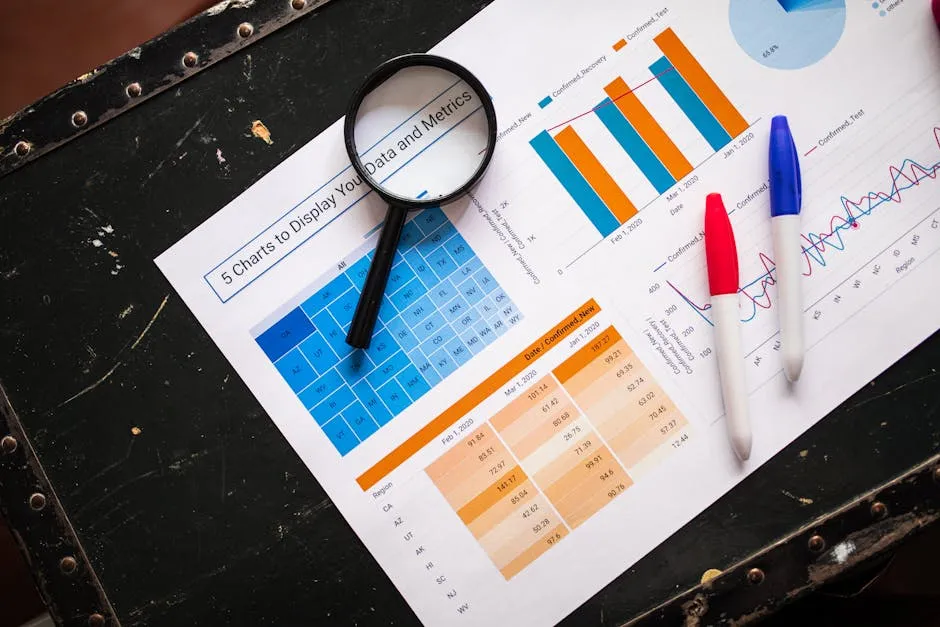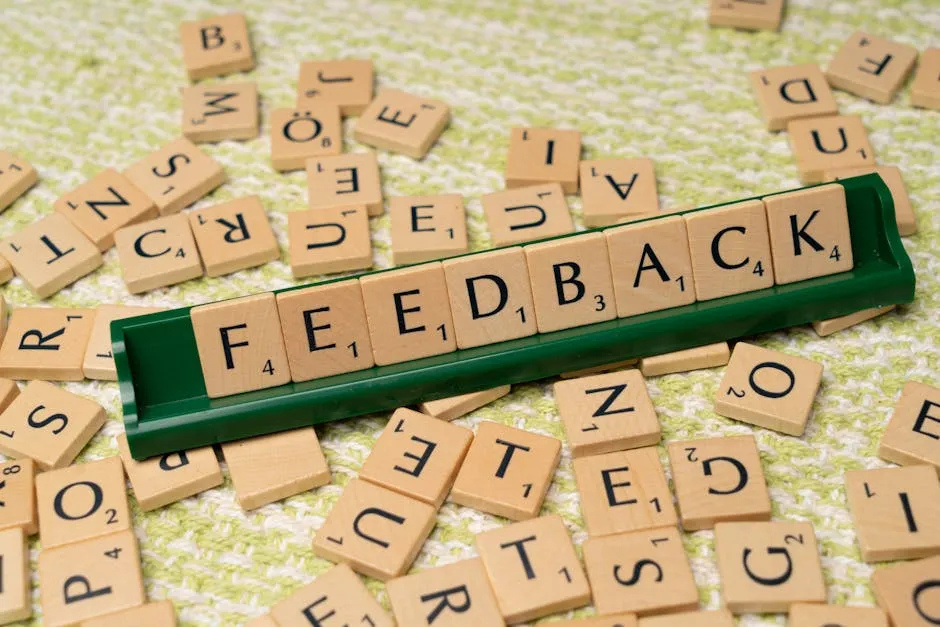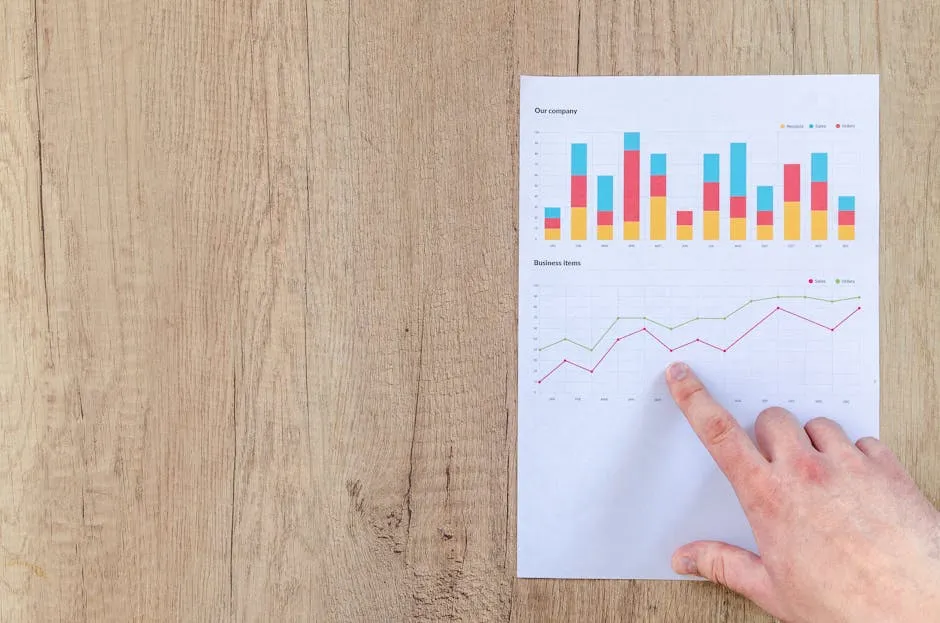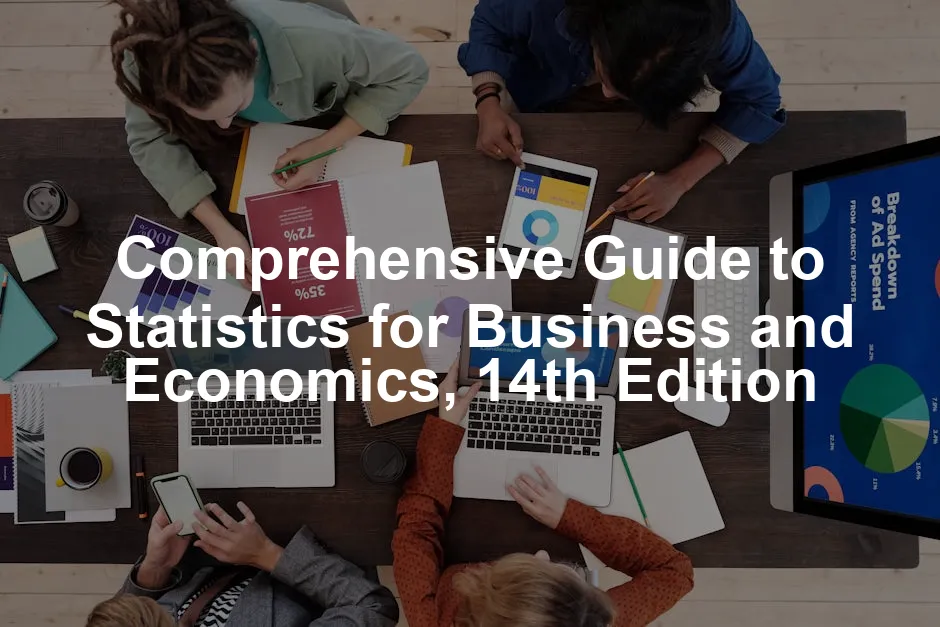Introduction
Statistics plays a crucial role in business and economics. It transforms data into insights, guiding decisions based on empirical evidence rather than gut feelings. Whether you’re forecasting sales, analyzing market trends, or assessing risks, statistics is your trusty sidekick. By mastering statistical concepts, professionals can make informed decisions that drive their organizations forward.
Enter “Statistics for Business and Economics, 14th Edition,” a comprehensive textbook authored by the dynamic trio: James T. McClave, P. George Benson, and Terry T. Sincich. This textbook has become a staple for students and professionals alike, offering a wealth of knowledge that bridges theory with real-world application. You can grab your copy of Statistics for Business and Economics, 14th Edition on Amazon!
This guide aims to inform readers about the textbook’s content, structure, and practical applications. We’ll examine how this edition recognizes current trends and tools in the field. By highlighting key features and insights, this guide will empower you to navigate the complexities of statistics in business and economics effectively. So, buckle up for a statistical adventure that promises to make the subject both engaging and enriching!

Overview of the Textbook
Authors and Publication Details
“Statistics for Business and Economics, 14th Edition” is brought to life by the expertise of its authors: James T. McClave, P. George Benson, and Terry T. Sincich. McClave, a professor at the University of Florida, has a wealth of experience in teaching statistics and has authored various textbooks. Benson, also a seasoned educator, brings valuable insights from his academic tenure. Sincich, affiliated with the University of South Florida, adds a fresh perspective to statistical applications in business. Together, they craft a dynamic learning experience.
This edition was published by Pearson on July 13, 2021, and carries the ISBN 9780137335428. The 14th edition reflects the latest advancements in statistics, ensuring relevance to today’s fast-paced business environment. With a focus on practical applications, this textbook is designed to cater to both students and professionals looking to sharpen their statistical skills.
The engaging content includes numerous real-world examples, emphasizing ethical decision-making and data-driven strategies. By the end of this textbook, you’ll find yourself equipped with the knowledge and confidence to tackle statistical challenges in any business context. So, let’s jump into the details of what this textbook has to offer!

Key Features
The 14th edition of “Statistics for Business and Economics” offers a treasure trove of features that set it apart. First up, real-world examples. This edition doesn’t just toss around numbers and formulas. It rolls out practical scenarios that make statistics relevant. You’ll see how concepts apply to real businesses. Interested in diving deeper? Check out The Art of Statistics: Learning from Data.
Next, there’s a strong emphasis on ethical and data-driven decision-making. In today’s world, where data is king, knowing how to interpret it ethically is crucial. This textbook guides you through making sound decisions based on solid statistical foundations.
And let’s not forget about technology! This edition includes tools like JMP and Excel. These tools help you analyze data effectively. They bring a fresh tech-savvy approach. You’ll find exercises that walk you through using these programs, making your learning experience more hands-on. If you’re looking to master Excel, consider picking up Excel 2021 for Dummies.
In short, this edition is all about connecting theory with practice, making statistics not just a subject, but a valuable skill set.

Content Structure of the Textbook
Table of Contents Breakdown
Let’s break down the chapters. Each chapter is a stepping stone in mastering statistics.
- Statistics, Data, and Statistical Thinking: This chapter introduces core concepts. It sets the stage for understanding data’s role in business.
- Methods for Describing Sets of Data: Get ready for a deep dive into descriptive statistics. You’ll learn how to summarize data effectively.
- Probability: This chapter covers fundamental concepts of probability. It’s the backbone of statistical inference.
- Random Variables and Probability Distributions: Here, you’ll explore different types of random variables. Understanding distributions is key for analysis.
- Sampling Distributions: This chapter demystifies sampling. Knowing how samples behave helps in making predictions.
- Inferences Based on a Single Sample: Estimation with Confidence Intervals: Learn how to make estimates about populations from samples. Confidence intervals are your new best friend.
- Inferences Based on a Single Sample: Tests of Hypotheses: This chapter teaches hypothesis testing. You’ll understand how to validate your assumptions statistically.
- Inferences Based on Two Samples: Confidence Intervals and Tests of Hypotheses: Expand your skills by comparing two samples. This foundation is essential for advanced analysis.
- Design of Experiments and Analysis of Variance: This chapter covers experimental design. You’ll learn how to analyze variance effectively.
- Categorical Data Analysis: Categorical data can be tricky. This chapter simplifies it, helping you analyze non-numerical data.
- Simple Linear Regression: Dive into the world of regression. This chapter shows how to model relationships between variables.
- Multiple Regression and Model Building: Build on your regression skills. Learn how to handle multiple variables for more complex analyses.
- Methods for Quality Improvement: Statistical Process Control: This chapter connects statistics with quality management. You’ll find tools for continuous improvement.
- Time Series: Descriptive Analyses, Models, and Forecasting: Time series analysis is crucial for forecasting. This chapter equips you with the methods to analyze trends over time.
- Nonparametric Statistics: Not all data follows a standard distribution. This chapter introduces nonparametric methods for analysis.
- Appendices: The appendices provide additional resources. They include summation notation, counting rules, and formulas for analysis of variance.
- Tables: Quick reference tables to aid your calculations.
- Answers to Selected Exercises: Check your understanding with provided answers.
- Index: A handy tool for quickly finding topics.
- Credits: Acknowledgments for contributions to the textbook.
In summary, this textbook’s content structure is designed to build your understanding step by step. Each chapter prepares you for the next, ensuring a thorough grasp of statistics for business and economics. Whether you’re a student or a professional, this organized approach makes learning both effective and enjoyable.

Learning Tools and Resources
Supplementary Materials
When it comes to mastering statistics, having the right resources makes a world of difference. The “Statistics for Business and Economics, 14th Edition” doesn’t just stop at delivering core content. It enhances learning through a variety of supplementary materials that cater to different learning styles.
First, we have MyLab Statistics. This online platform complements the textbook, providing a wealth of interactive resources. Students can engage with numerous exercises and receive instant feedback. It’s like having a personal tutor available 24/7! MyLab Statistics also offers algorithmically generated homework problems. This means you can practice until you get it right without encountering the same question twice. How’s that for a confidence boost?
Next up is WebAssign. This course management tool is a fantastic asset for instructors and students alike. It allows teachers to create customized assignments that align with their specific curriculum needs. Meanwhile, students benefit from the structured learning path WebAssign creates. They can track their progress and focus on areas that need improvement, ensuring a more personalized learning experience.
Additionally, the textbook features integrated access to software tools like JMP and Excel. These aren’t just fancy names; they are essential tools for conducting statistical analysis in real business scenarios. The book provides hands-on exercises that guide students through using these programs. Imagine grappling with real data sets and applying your newfound knowledge in a practical setting. That’s where the magic happens! If you’re curious about data science, don’t miss out on The Data Science Handbook.
Moreover, the textbook includes a plethora of real-world case studies and examples. Each chapter is peppered with situations that mirror actual business challenges. For instance, you might analyze sales data from a retail store or evaluate market research statistics. This practical application solidifies your understanding and showcases how statistics inform decision-making in the business arena.
The learning journey doesn’t stop there! The textbook also contains video tutorials and additional online resources. These short, engaging clips break down complex concepts into digestible segments. Need to revisit a tricky topic? Just click play and watch the magic unfold!
Furthermore, the inclusion of a comprehensive index and glossary aids in quick referencing. These tools make it easy to locate definitions and concepts without flipping through pages endlessly. It’s all about making your study time efficient and effective.
In summary, “Statistics for Business and Economics, 14th Edition” stands out not just for its content but for the robust suite of supplementary materials that enhance the learning experience. The combination of MyLab Statistics, WebAssign, real-world examples, and integrated software tools provide a holistic approach to mastering statistics. Whether you’re a visual learner or prefer hands-on practice, these resources ensure you have the support you need to succeed. So, grab your textbook, fire up those tools, and get ready to make statistics your new best friend!

Online and Digital Access
In the age of technology, accessing educational materials online is a breeze. “Statistics for Business and Economics, 14th Edition” offers various digital options to cater to diverse learning preferences.
First up, the eTextbook version is a fantastic choice. With features like instant access, you can start learning without delay. It allows you to search, highlight, and take notes right within the text. This interactive experience transforms tedious note-taking into a more engaging activity. You can even create flashcards for quick revisions. Talk about studying smart!
If you’re considering a budget-friendly option, rental services are available. Renting the hardcover book is an economical way to access the material without breaking the bank. You get a physical copy that you can return after the semester ends. What’s even better is that some rental options allow you to purchase the book at a discounted rate after your rental period. A win-win!
For those who prefer a structured learning environment, MyLab Statistics is a great companion to the textbook. This online platform enhances the learning experience with interactive exercises that reinforce concepts. It’s perfect for practicing what you read. Plus, MyLab integrates seamlessly with the textbook, ensuring that you’re always on the right track.
Now, if you’re all about that digital life, Pearson+ provides another layer of access. This subscription service gives you instant access to the eTextbook, videos, and study tools all in one place. You can read offline too! Imagine studying on the go without worrying about Wi-Fi.
In summary, whether you prefer flipping through pages or scrolling through screens, “Statistics for Business and Economics, 14th Edition” has you covered. With eTextbook features, rental options, and supplementary online resources, you can choose what fits best with your learning style and budget.

Reviews and Reception
Customer Feedback
The reception of “Statistics for Business and Economics, 14th Edition” has been overwhelmingly positive across various platforms like Amazon and Chegg. Users have shared their experiences, highlighting both strengths and weaknesses of this comprehensive textbook.
On Amazon, the book boasts a solid rating of around 4.3 out of 5 stars based on hundreds of reviews. Users praise its thoroughness, often noting that it covers a vast array of statistical concepts essential for both students and professionals. Many readers appreciate the real-world examples that make learning more relatable. One reviewer quipped, “It’s like having a personal tutor who speaks your language!”
However, not all feedback is glowing. Some users mention the book’s size and weight, with one remarking that it feels like lifting weights during study sessions. But hey, maybe that’s just a bonus workout! Additionally, a few reviews pointed out the lack of an answer key for exercises. While this might frustrate some learners, others see it as a chance to engage more deeply with the material.
Common themes emerge in the feedback. Users frequently highlight the usability of the textbook. The clear structure, with well-defined chapters, allows for easy navigation. Many readers find the integration of technology tools like JMP and Excel particularly helpful. These elements not only enhance understanding but also prepare students for real-world applications. If you’re interested in a broader perspective on data and its implications, check out The Signal and the Noise: Why So Many Predictions Fail—But Some Don’t.
Chegg users echo similar sentiments, emphasizing the textbook’s comprehensiveness and accessibility. One student noted, “It’s comprehensive yet straightforward. It makes complex concepts digestible.” The practical cases and hands-on exercises are also frequently mentioned as standout features.
Overall, the feedback from readers indicates that “Statistics for Business and Economics, 14th Edition” is a valuable resource. While some minor drawbacks exist, the overwhelming consensus is that this textbook effectively equips learners with the statistical knowledge needed for success in business and economics. If you’re looking for a solid foundation in statistics, this text is definitely worth considering.

Academic Reception
“Statistics for Business and Economics, 14th Edition” has earned a solid reputation in academic circles. Professors and students alike regard it as a cornerstone resource in business and economics courses. Its blend of theory and practical application resonates well with learners. The authors’ commitment to integrating real-world examples sets it apart from other textbooks.
Instructors appreciate how the book cultivates statistical literacy. It empowers students to use statistical tools confidently. The clear explanations and structured approach make complex concepts accessible. This textbook is frequently recommended for courses across various educational institutions. Its relevance in today’s data-driven environment cannot be overstated.

Best Practices for Using the Textbook
Study Tips
To maximize your learning experience with “Statistics for Business and Economics, 14th Edition,” consider these effective study strategies. First, take a structured approach. Break down the chapters into manageable sections. Tackle one concept at a time. This helps prevent overwhelm and enhances retention.
Second, practice makes perfect! Engage with the end-of-chapter exercises. This active learning reinforces what you’ve just read. Don’t shy away from the challenging problems. They often provide the best learning opportunities.
Next, integrate real-world data analysis into your studies. Seek out current business statistics. Use tools like Excel or JMP to analyze these datasets. Applying your learning to actual data bridges the gap between theory and practice. It’s like turning your study sessions into mini research projects. For those looking to dive deeper into data science, consider exploring Data Science from Scratch: First Principles with Python.
Finally, create a study schedule. Allocate specific times for studying. Consistency is key. Whether it’s a daily hour or a weekend marathon, find what works for you and stick to it!

Collaborative Learning
Teamwork makes the dream work! Collaborate with classmates to enhance your understanding of the textbook. Form study groups where you can discuss key concepts. Share insights and tackle complex problems together. This not only fosters a sense of community but also deepens your comprehension.
Consider organizing discussions around textbook examples. Each member can present a chapter or case study, facilitating peer teaching. This method solidifies your grasp of the material while exposing you to different perspectives. Plus, it makes studying more engaging and less daunting.
Don’t forget to utilize online forums or study platforms. They can connect you with fellow learners beyond your classroom. Sharing resources, tips, and insights will elevate your learning experience. So grab your friends, hit the books, and make statistics a team sport!

Conclusion
Mastering statistics is crucial for anyone in business or economics. The ability to analyze data effectively can set you apart in today’s competitive job market. “Statistics for Business and Economics, 14th Edition” serves as an essential resource in this journey. Its practical applications equip learners with the skills needed to interpret data and make informed decisions.
This textbook not only covers fundamental concepts but also emphasizes ethical decision-making and real-world applications. By engaging with its content, readers can develop a robust understanding of statistical methods. If you’re interested in broadening your knowledge base, check out Naked Statistics: Stripping the Dread from the Data.
So, whether you’re a student or a professional, exploring the depths of this textbook will enrich your knowledge. Embrace the world of statistics, and watch how it transforms your analytical abilities. Dive into the textbook and unlock the potential to apply statistical concepts in your future endeavors!

FAQs
What are the key topics covered in the textbook?
The textbook covers core statistical concepts such as descriptive statistics, probability, hypothesis testing, regression analysis, and more. Each chapter is designed to enhance your understanding of practical business applications.
How does this edition differ from previous ones?
This edition incorporates over 350 new real-world examples and updated case studies. Additionally, it features enhanced exercises using software like JMP and Excel, reflecting the latest advancements in statistical analysis.
Are there any online resources or tools recommended to accompany the textbook?
Yes! MyLab Statistics and WebAssign are excellent resources that provide interactive exercises and online support. These platforms help reinforce your learning and offer immediate feedback.
Is there a free version or rental option available?
Rental options are available for students who prefer a more budget-friendly approach. You can rent the textbook for a specified period and return it afterward. Some platforms also offer temporary access for a limited time.
How can I effectively apply statistical concepts in real-world business scenarios?
Start by analyzing current business data relevant to your interests. Use the statistical methods learned in the textbook to interpret this data. Practice with real-world datasets will enhance your ability to apply concepts effectively in actual business situations.
Please let us know what you think about our content by leaving a comment down below!
Thank you for reading till here 🙂
To enhance your understanding of business statistics: communicating with numbers, consider exploring additional resources that delve deeper into this topic.
All images from Pexels




